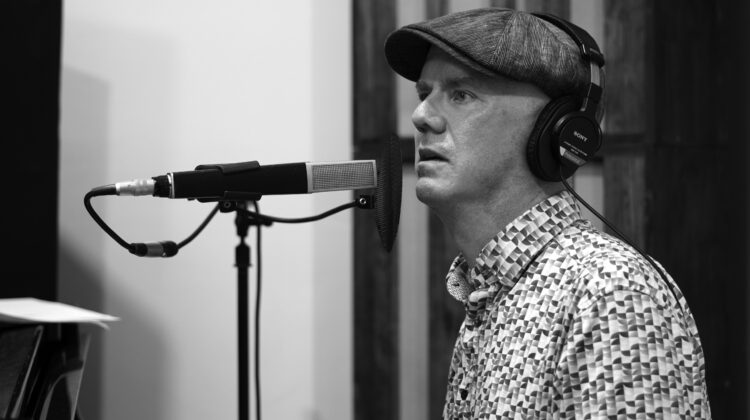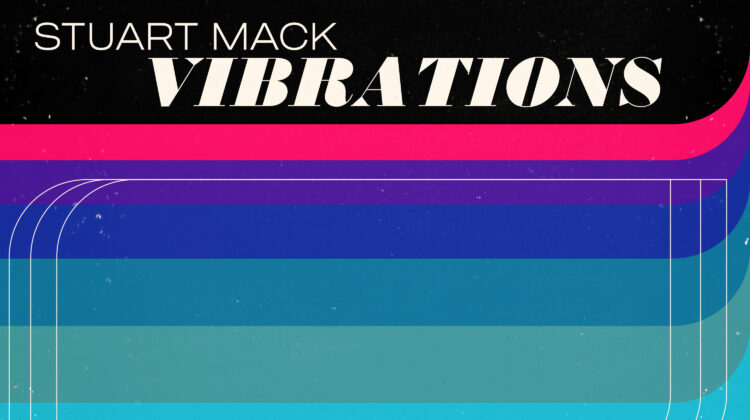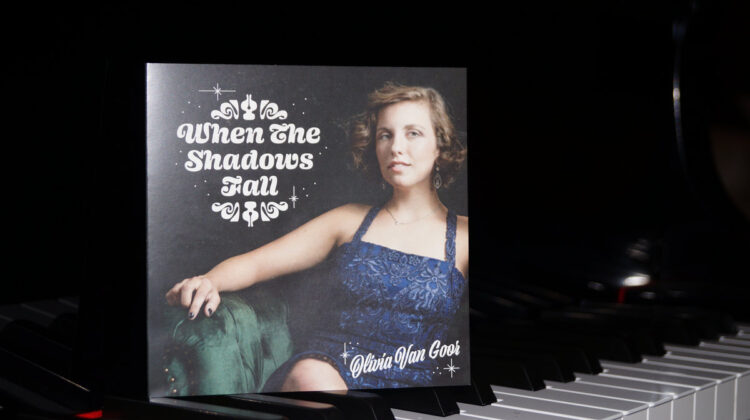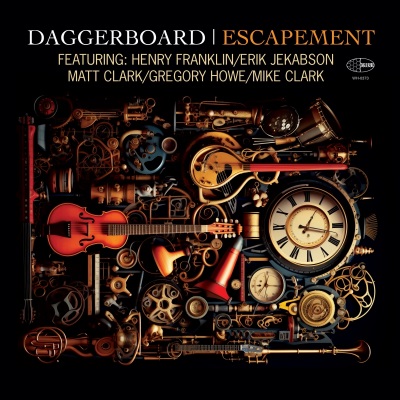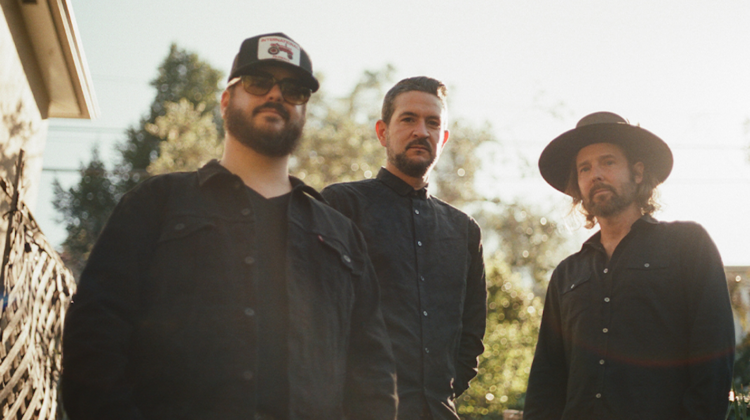By: Bill Donaldson
Growing up as part of a family that hosted jazz people like Benny Goodman and Zoot Sims, John Pizzarelli couldn’t help but be influenced by jazz. Or by the guitar. His father, Bucky Pizzarelli, has devoted his life to playing guitar in broadcasting studios, big bands, Broadway pits, concert stages or nightclubs. But John Pizzarelli couldn’t help but be influenced by the popular music of his generation, written by the Beatles, Joni Mitchell, Carole King, Billy Joel, James Taylor and others. Such choices to be made. Which music to be preferred? It turns out that Pizzarelli didn’t choose to accept one and reject the other. On his latest album, Double Exposure, Pizzarelli combines both influences into a single amalgam made not just acceptable, but delectable, by his and Don Sebesky’s arrangements.
The collision of attitudes, one rock and one jazz, isn’t so much conflicting as complementary. In some cases, the mixture leads to new appreciation of a song that rarely had been altered throughout the decades since its inception. For example, the application of “Kind of Blue’s” changes to Seals and Crofts’ “Diamond Girl” serves to expand the harmonic palette with Bill Evans-like colors, not to mention a clever call-and-response addition to the song. Wavering between “Kind of Blue’s” shadowy textures and “Diamond Girl’s” brightness, as played by Pizzarelli on guitar, “Kind of Blue’s” eventually prevails as the primary harmonies, especially as a result of pianist Larry Fuller’s tight chords and trumpeter Tony Kadleck’s allusive solo. Just as clever and fresh is the splicing of Lee Morgan’s “Sidewinder,” still immediately recognizable after all these years, to Lennon and McCartney’s “I Feel Fine.”
All of this involves results that not only set up new perspectives of the familiar songs, but also hint at Pizzarelli’s humor present in much of his music. That humor comes to the surface without reservation on two tracks. Most obviously, Pizzarelli pays tribute incongruously to both Frank Sinatra and Michael Franks when he combines a Sinatra phrase that stayed in Pizzarelli’s mind (“Take a lot of pictures”) with the hilarity of Franks’ “Popsicle Toes” (“your Tierra del Fuegos are nearly always froze”). The Sinatra quote refers to his annoyance at being photographed, implying that photographers get but one chance. Franks’ sensibility comes through in the innocuous charm of the music with its “Popsicle Toes” references. The other track, sung by Pizzarelli and wife Jessica Molaskey, applies a Lambert Hendricks and Ross vocalese wackiness to the melody of Joe Henderson’s “The Kicker” and references to James Taylor’s “Traffic Jam.” Pizzarelli and Molaskey incorporate the style of LHR even as they update the trio’s spirit and add new lyrics just as humorous as LHR’s with quickly sung and exactingly articulated verses like “I waited. Hesitated. Just to pop the question. Suggestion: Well, if you think that you found your girl, better grab her. Better nap her. ‘cause there may come a day when she’ll up and fly away. Someone better may get her. I woke up when she spoke up. Said to bring a ring for her finger. She said to bring it ASAP or she’s hist’ry. She’s a myst’ry. I hopped into my car and I’m on the FDR.”
Other incongruous yet appropriate combinations occur, like setting up the energy of the Allman Brother’s “In Memory of Elizabeth Reed” with the vamp from Wes Mongomery’s “Four on Six,” synergistic back-and-forth references between jazz and rock music abundant. Rather than focusing on lyrics and wit, the arrangement serves to remind listeners of the high quality of Pizzarelli’s guitar work with sly, slight embellishments like rising slides at the end of a phrase or Montgomery-influenced chorded choruses in place of single-line improvisation.
Pizzarelli seamlessly weaves into a single fabric Tom Waits’ “Drunk on the Moon” with “Lush Life,” the Strayhorn introduction complete with beautiful chorded depth leading into wistful, visually and aurally astute lyrics. Sure enough, tenor saxophonist Andy Fusco’s solo quotes raspily “Lush Life” after Pizzarelli sings “I thought I heard a saxophone.”
Some of the pieces merely and delightfully revel in the pleasures of great songwriting, as Pizzarelli and/or Sebesky apply gorgeous arrangements to lesser-known compositions like Michael McDonald’s “I Can Let Go Now” or Joni Mitchell’s “Free Man in Paris” (with her typically thought- and mood-evoking narrative ability). Mitchell’s song becomes an occasion for flowing guitar and piano improvisations over its inviting samba rhythm. The tribute to McDonald borrows from Claude Thornhill’s “Snowfall” as Sebesky sparely arranges for trumpet, piano and bass clarinet back-up when Pizzarelli delivers without embellishment or alteration “I Can Let Go Now” in direct and concise delivery. “Ruby Baby” appears not just as a reminiscence of Donald Fagan’s version from Pizzarelli’s childhood listening, but also as a tribute to his father, Bucky Pizzarelli, who played guitar on the 1962 recording of the song by Dion and the Belmonts.
With Double Exposure, John Pizzarelli has reconciled two of the musical genres that he heard in abundance during his teens and early twenties, and now he has recorded them with an approach as witty and refreshing as the title of his new album.
Year: 2012
Label: Telarc
Artist’s Web Site: www.johnpizzarelli.com


